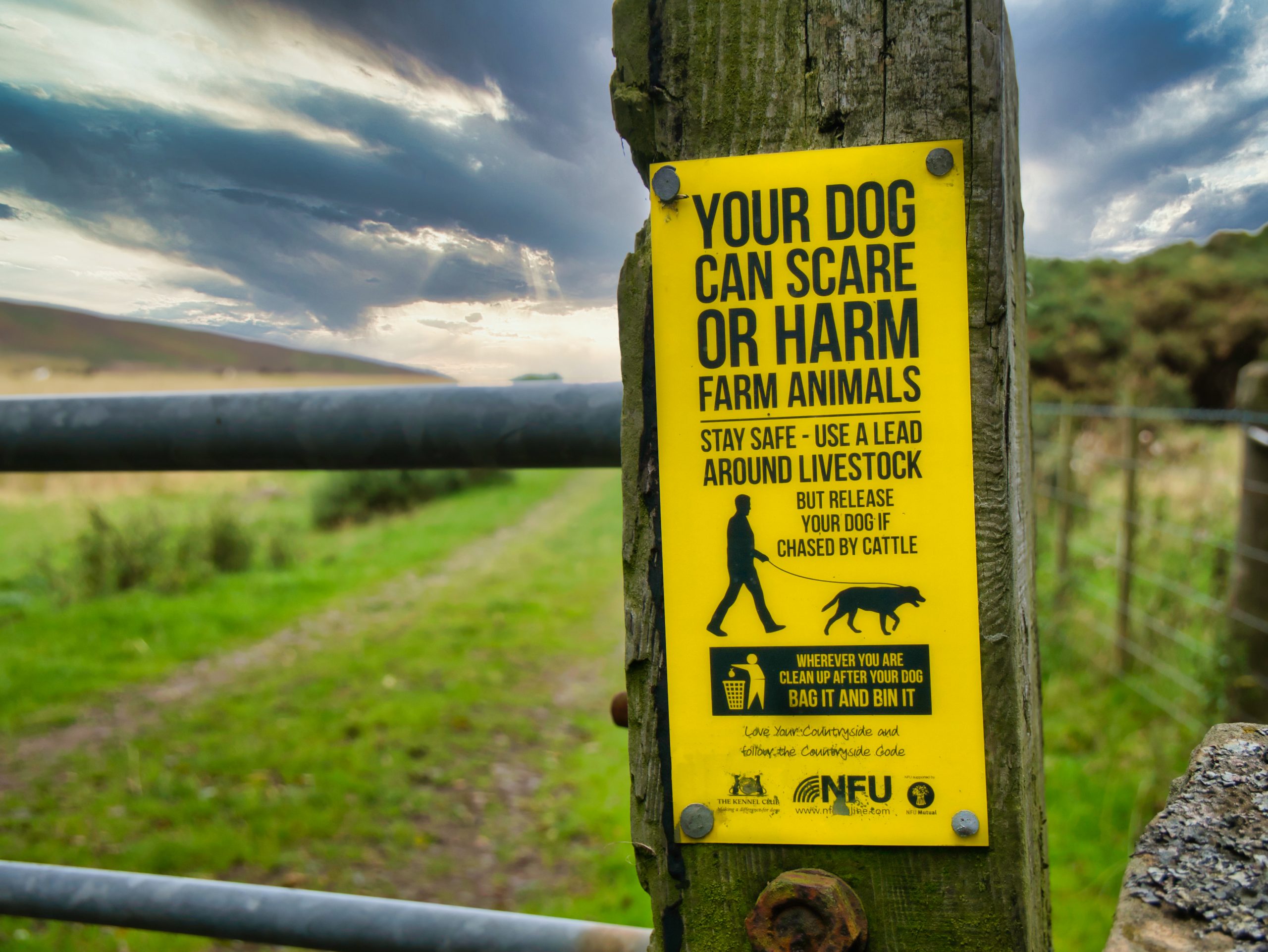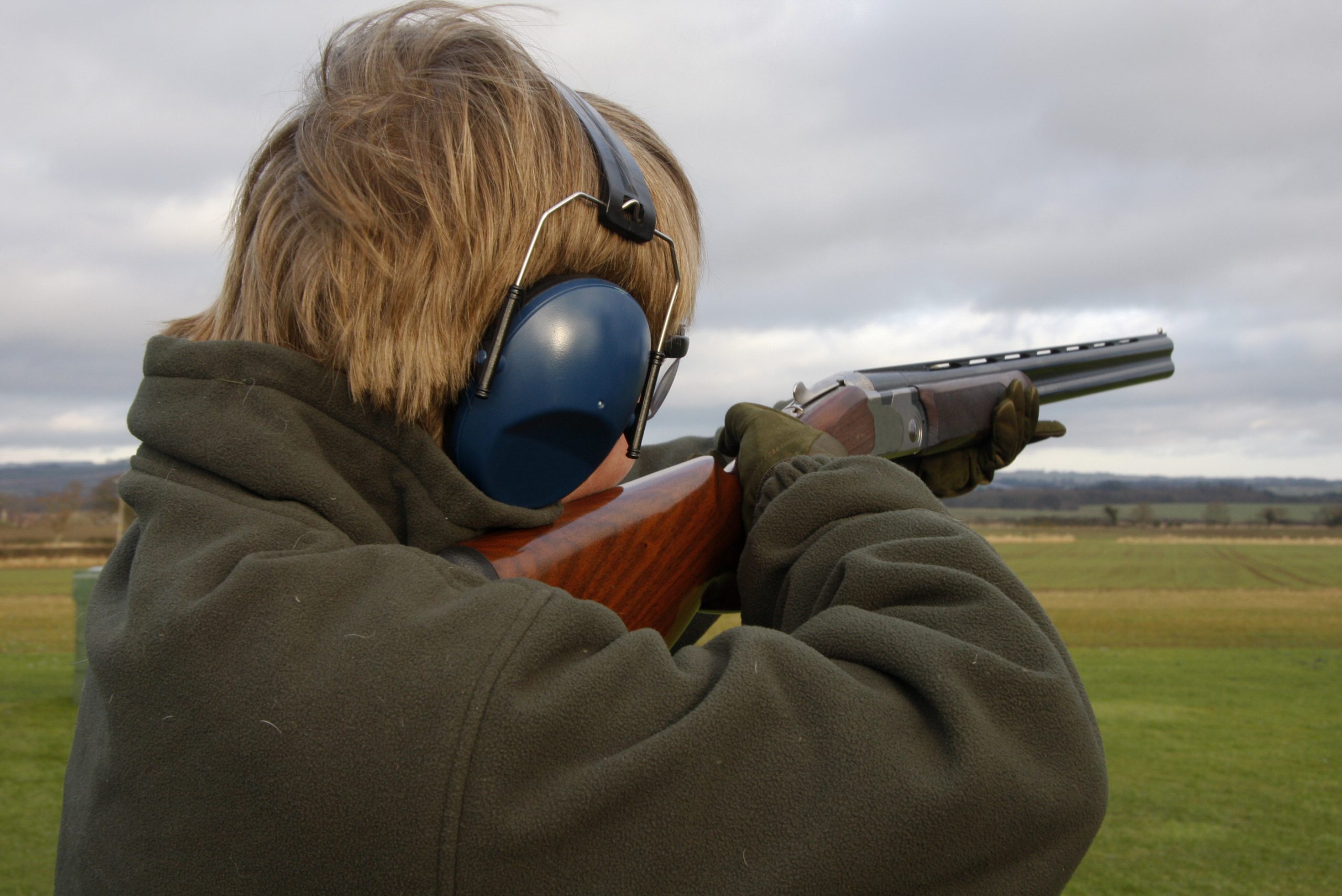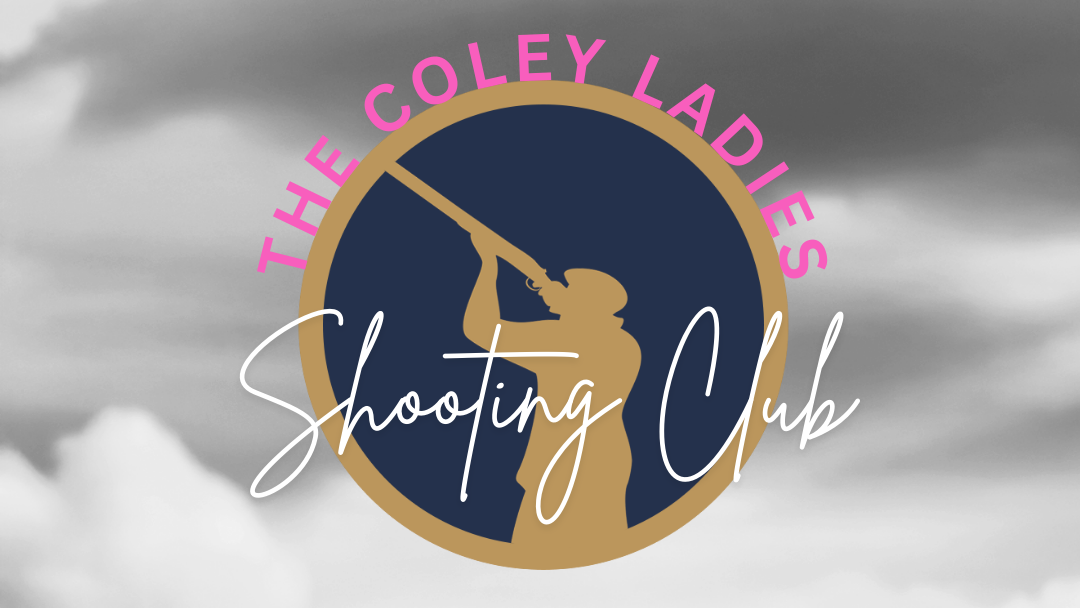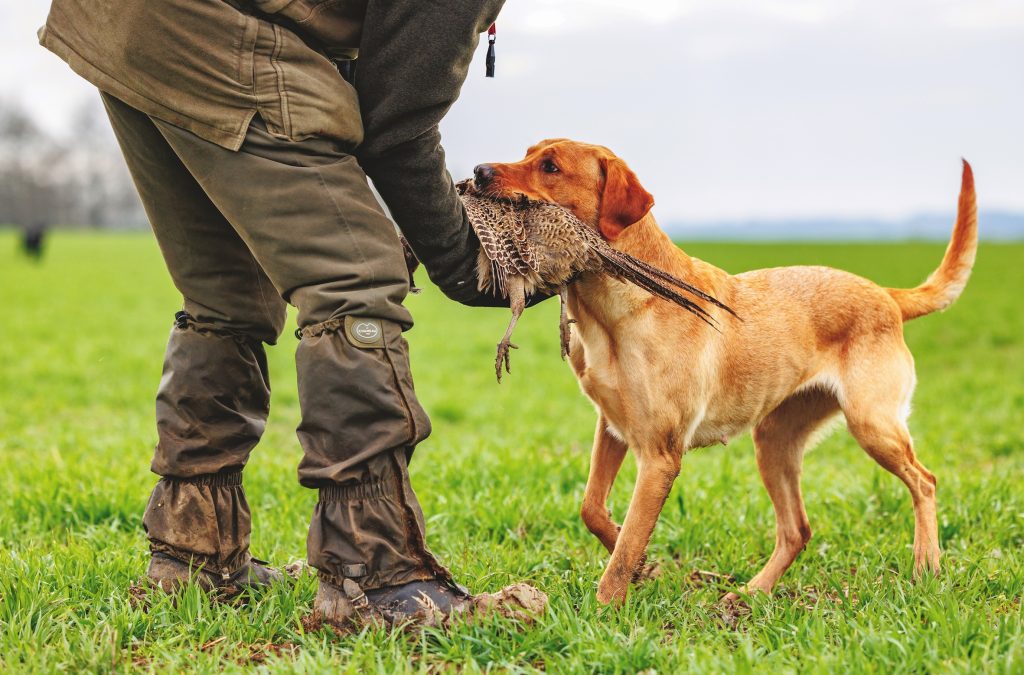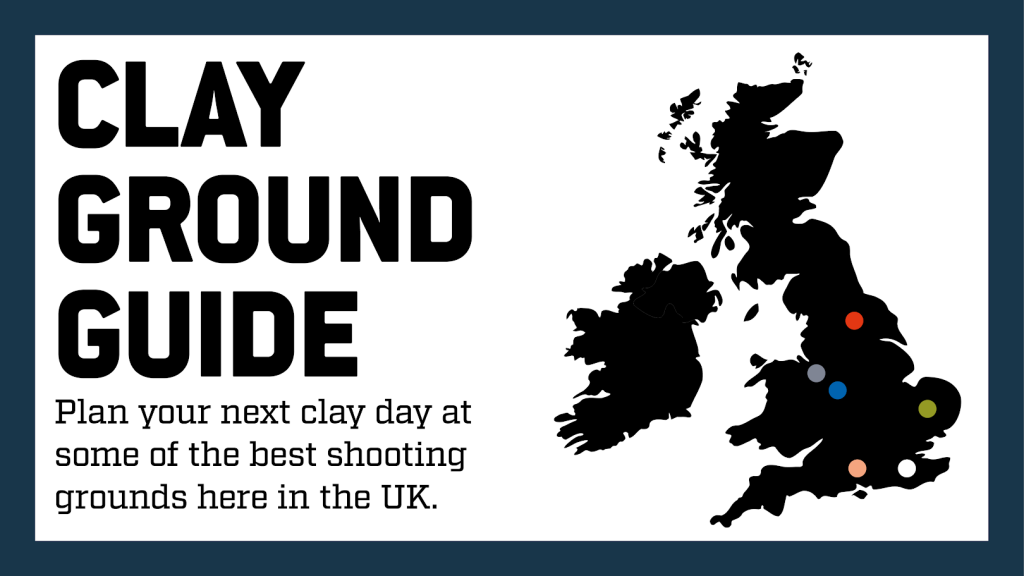Long distance retrieves in the field
Gundog trainer Howard Kirby explains how to maximise your chances of pulling off the perfect long distance retrieve while picking-up out on a shoot day.
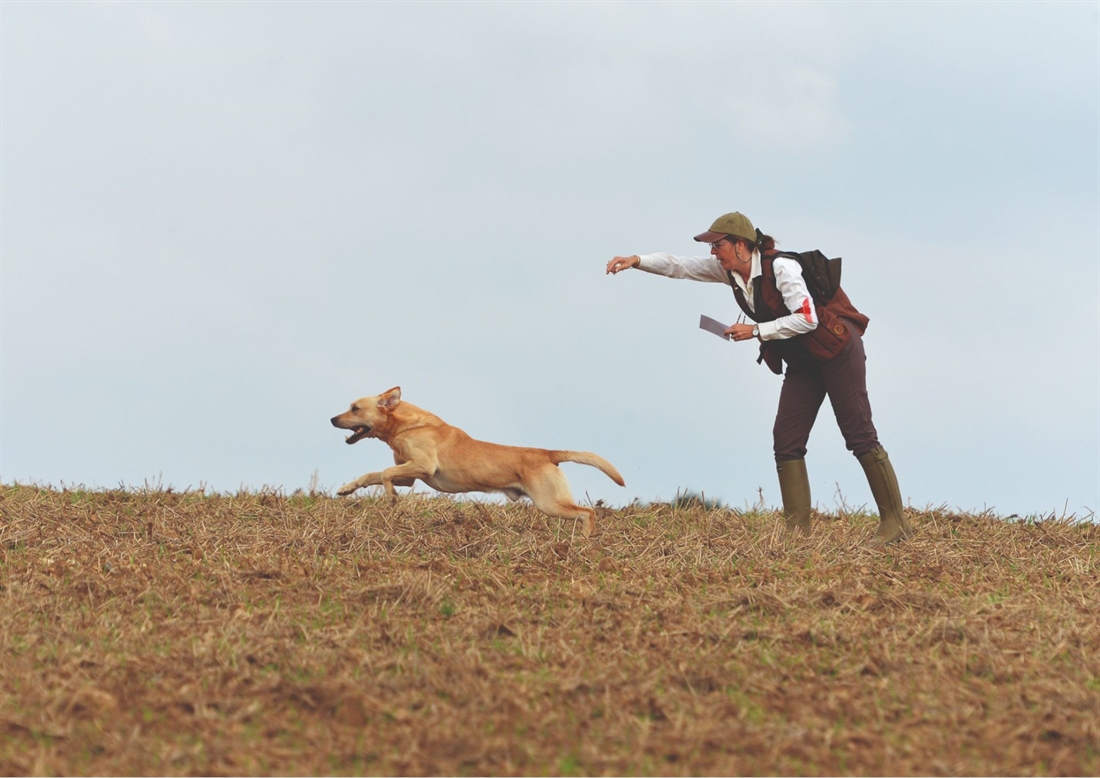
Our job as gundog handlers is to control and assist our dogs in the shooting field. If we are to maximise the partnership’s performance, then we’ll need to strike a happy balance. The gundogs that we are privileged to work with arrive with a genetically predisposed ability to hunt and retrieve. Early and ongoing training will unite the dog and handler with a common language and enough experience and confidence to maximise performance in the field.
If we are to be responsible for giving instruction to a dog, then it will be crucial that our instruction is well practiced, clearly delivered and most importantly leaves a dog thinking, ‘this guy really knows his s**t’. To achieve this, we will need to consistently assist in getting dummies or birds in the dog’s mouth.
If we now assume that you are fairly good at marking the fall of birds, and being able to interpret spoken instruction from Guns, beaters, judges and fellow dog handlers, it will now be time for you to start giving instructions to your dog.
Marked retrieves
For dogs that hunt and flush, we’ll need to ensure that they get plenty of opportunity to sit to shot, mark and expect to be sent for a retrieve. In early training you can clap your hands each time you throw a dummy, this will condition the youngster to expect a noise and importantly make a positive association with the hand clap. With practice you can deliver a fairly substantial noise with just your hands.
Once conditioned to associate the noise with the throw of a dummy, we can incorporate this into the beginnings of ‘hunting training’. Encourage a young dog to hunt around your feet. I do this with HPRs as well as spaniels (it’s important to note that most breeds can be used to hunt, flush, stop, then retrieve on command). You need to look for just the right moment. Ensure you are close to the hunting dog. Suddenly make the obligatory ‘brrr’ noise, blow your Stop whistle, clap your hands and as the dog sits (which with the correct training before attempting this will be instantly), throw the dummy over your shoulder and behind you. It is now that you’ll wish you had a third hand, or better still a training assistant that can clap when appropriate. As training progresses, this assistant will be able to fire a shot using a starting pistol or shotgun with a blank cartridge.
As the dummy is thrown, an enthusiastic dog will want to run in. This is why you’ve put yourself between the dog and dummy. If the dog makes a move for it, you can block his route before quietly insisting on a sit. Hold the Sit for a few seconds then send for the retrieve. Repeat this exercise a few times. As soon as the dog sits nicely to the flush, send it for the retrieve. Finish the session on this. The dog has made a really positive connection; put it away and allow time for him to process everything before doing it again in another training session.
As you layer up the understanding of this exercise strategically drop the ‘brrr’ and then the Stop whistle. You will now have a dog that reliably sits to shot, orientates itself to wherever the shot came from and try to mark the fall of the dummy. Your dog is now sitting to shot. A tick in the box. What’s next?
Having got the dog to this standard, and here’s an important reminder, this behaviour will have developed with the dog hunting really close to you. If you try to teach this with the dog more than 10 yards from you (it’s nice that you know how far that is now), you are likely to have an unreliable stop. Be warned! For those with HPRs or pointers, we can now start to develop the distance.
If your dog is out hunting, let’s say, 100m to your right and a bird gets shot by the Gun that’s 100m to your left, your dog is now faced with a marked retrieve, in roots, that’s 200m away. To make this look good, you will have done a lot of preparatory training. A lot of this training is possible on dummies.
Back to distances and depth perception
When making retrieves at these kinds of distances, both dog and handler will need a lot of considered experience, to precisely mark the fall of this bird. Your dog will have done its very best to learn this skill, so make sure you don’t let them down.
When the keeper or judge, (by the way that’s the order of importance) tells you to “send your dog,” you really want a dog that is well schooled enough for you to have watched the bird down knowing that your dog will have stopped and done the same. Now you can turn to the dog, whom will be fixated on the point of fall, waiting for the Get out command. The dog we are dreaming of will make the retrieve in one cast. These are the retrieves that will make ‘your happy place’ tingle for as long as you breathe. If you’re at the Championships or Home Internationals, several hundred other people will see it too. It’s ok you know, providing you’re humble, you really are allowed to run and skid on your knees towards the crowd, punching the air and screaming, ‘ohh yes! That really was my dog and I’! Just in case I’ve incited you to embarrass yourself, the gundog handler’s version of this is to quietly and gently celebrate with your dog. Inside you’re going crazy though.
Now we have to look at the other possibilities. The dog didn’t mark the fall, or they’ve got the line but don’t make the distance. For both scenarios, it’s likely that you will need to assist the dog… handle at distance! A dog that’s working at this level is likely to move in whichever direction you send it. And now for the mega important bit… did you get a mark? Is your distance and depth perception up to speed? If you’re up to speed, the dog will follow your instruction, you’ll handle them into the area and make good of a really tricky retrieve. If you short mark, struggle with distances and subsequently get in a muddle, your dog will quickly choose not to listen to you.
If you are the latter, don’t worry, make sure you read last month’s copy of Sporting Shooter and think about the plan you’re going to make to be better.
Make the most of your dogs, ensure you’re the best you can be, and most importantly enjoy what we do. Have fun and keeeeeep training!

